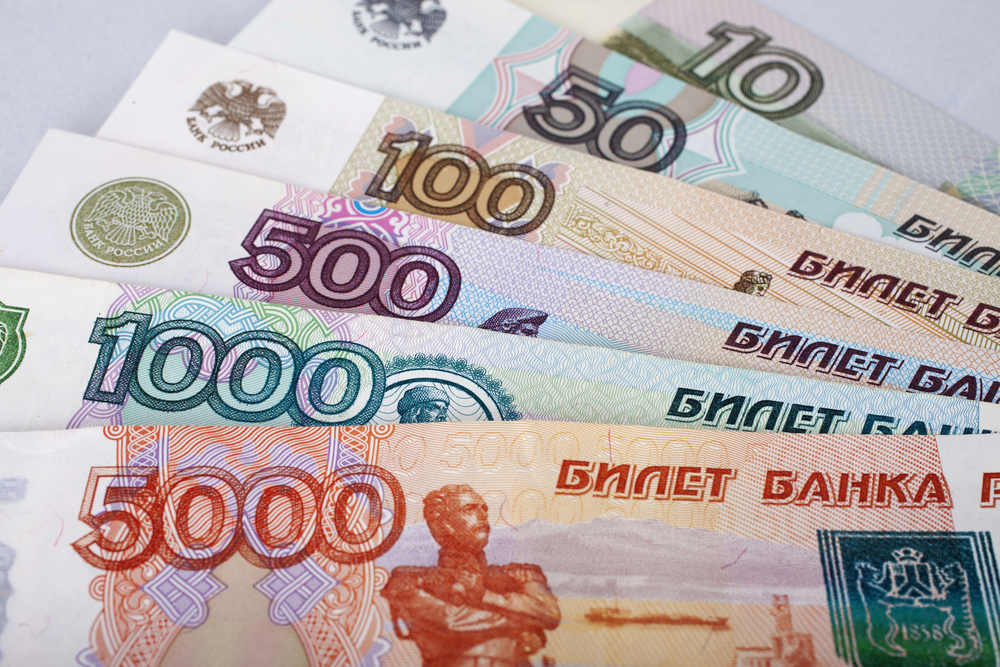The Russian economy has demonstrated remarkable resilience in the face of unprecedented sanctions imposed by Western nations following the country’s military actions in Ukraine. Despite expectations of economic collapse, Russia’s economy has shown adaptability and resourcefulness, mitigating the impact of sanctions and maintaining stability.
This is likely due to Russia’s significant strides in diversifying its economy, reducing dependence on Western markets, and developing alternative trade partners. This shift has helped cushion the impact of sanctions. Russia’s energy sector, particularly oil and gas exports, has also remained a crucial revenue source, which has helped to stabilize the economy despite the consequences of the war against Ukraine. The country’s ability to maintain energy exports despite sanctions has been a key factor in its economic stability.
The Russian government also implemented strict currency controls, which limited capital outflows and stabilized the exchange rate. These measures have helped maintain confidence in the Ruble and reduced volatility. The Central Bank of Russia was also proactive in implementing prudent monetary policies, including interest rate hikes, to support economic stability and control inflation. The Russian government also provided targeted support to key sectors, such as agriculture and manufacturing, to help businesses adapt to sanctions and maintain production.
In coping with the sanctions, Russia also developed new trade relationships with countries like China, India, and Turkey, and strengthened its relationships within BRICS while reducing dependence on Western markets.
In achieving this, Russia has implemented policies to promote domestic production and reduce reliance on imported goods. Russia has also accelerated its digitalization efforts by investing in technologies like artificial intelligence and cybersecurity.
Despite the resilience of the Russian economy, it was surprising that the Russian Ruble emerged as the world’s best-performing currency in 2024, defying expectations and confounding critics. Contrary to expectations as a result of the ongoing conflict in Ukraine and crippling sanctions imposed by Western nations, the Ruble has strengthened significantly against major currencies with a significant 38% rise against the dollar.
Particularly interesting is how the Russian Central Bank’s monetary policy of hiking interest rates attracted cheaper Chinese funds into the Russian economy. This had an unintended consequence of increasing the demand for the Russian Ruble to pay off Russian banks with the cheaper funds sourced from China, thereby increasing the value of the Ruble.
The Ruble’s unexpected strength has significant implications for Russia’s economy and the global financial landscape, as the Ruble’s performance suggests that the Russian economy is more resilient than previously thought, which could lead to increased investor confidence and economic stability. The Ruble’s strength also raises questions about the efficacy of Western sanctions in achieving their intended goals. While sanctions have undoubtedly had an impact, Russia’s ability to adapt and find alternative solutions has limited their effectiveness.
The Ruble’s rise could have implications for global trade and finance, particularly in the energy sector. As Russia continues to maintain its energy exports, coupled with the plan of the BRICS countries to seek an alternative to the use of the petrodollar to settle trade transactions, the Ruble could prove to be a worthy alternative given its increased acceptability, and this could have a ripple effect on global markets.
The Russian economy’s ability to withstand sanctions is a testament to its adaptability and resourcefulness. While challenges lie ahead, Russia’s economic resilience suggests that the country can navigate complex geopolitical landscapes and maintain stability. As the global economic landscape evolves, it will be interesting to see how Russia’s economy continues to adapt and respond to changing circumstances.
In conclusion, the Russian Ruble’s emergence as the world’s best-performing currency is a testament to the country’s economic resilience and adaptability. While the ongoing conflict in Ukraine and sanctions will continue to pose challenges, the Ruble’s strength suggests that Russia’s economy is more robust than previously thought. As the global economic landscape evolves, it will be interesting to see how the Ruble’s performance impacts Russia’s economy and the rest of the global economy.
Oshobi, a development economist, management consultant, and author, writes from Lagos, Nigeria.

